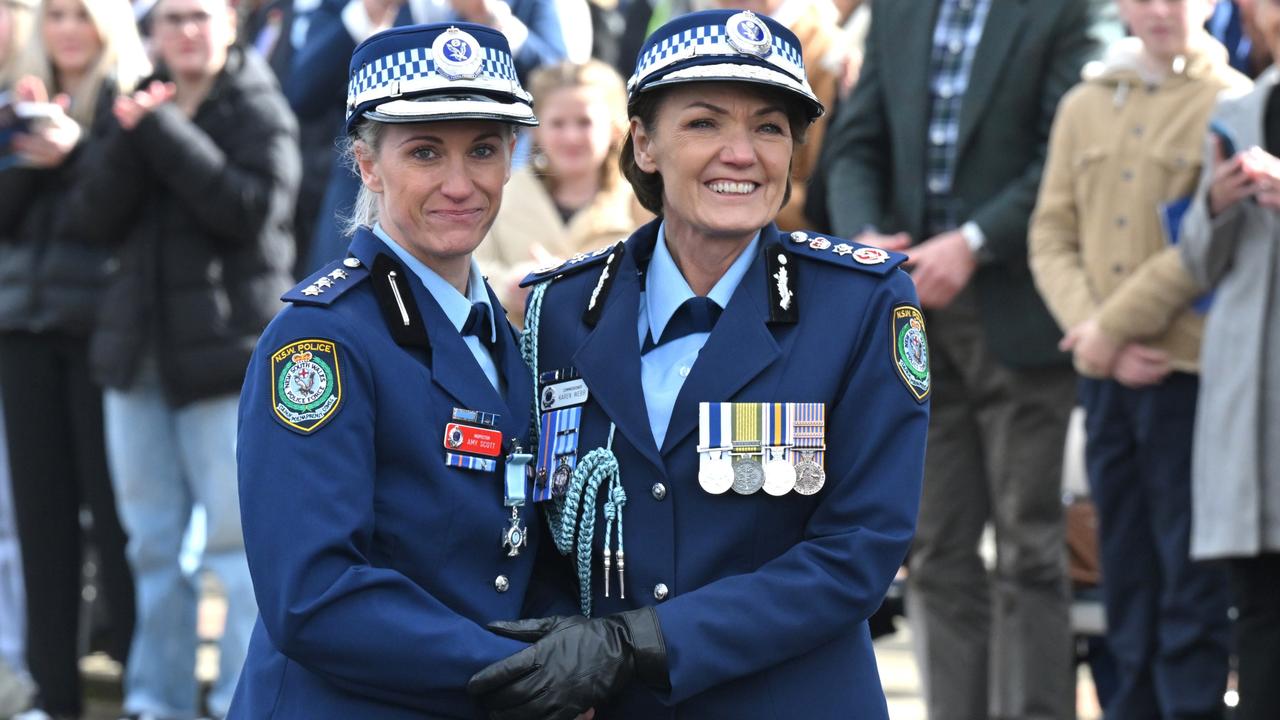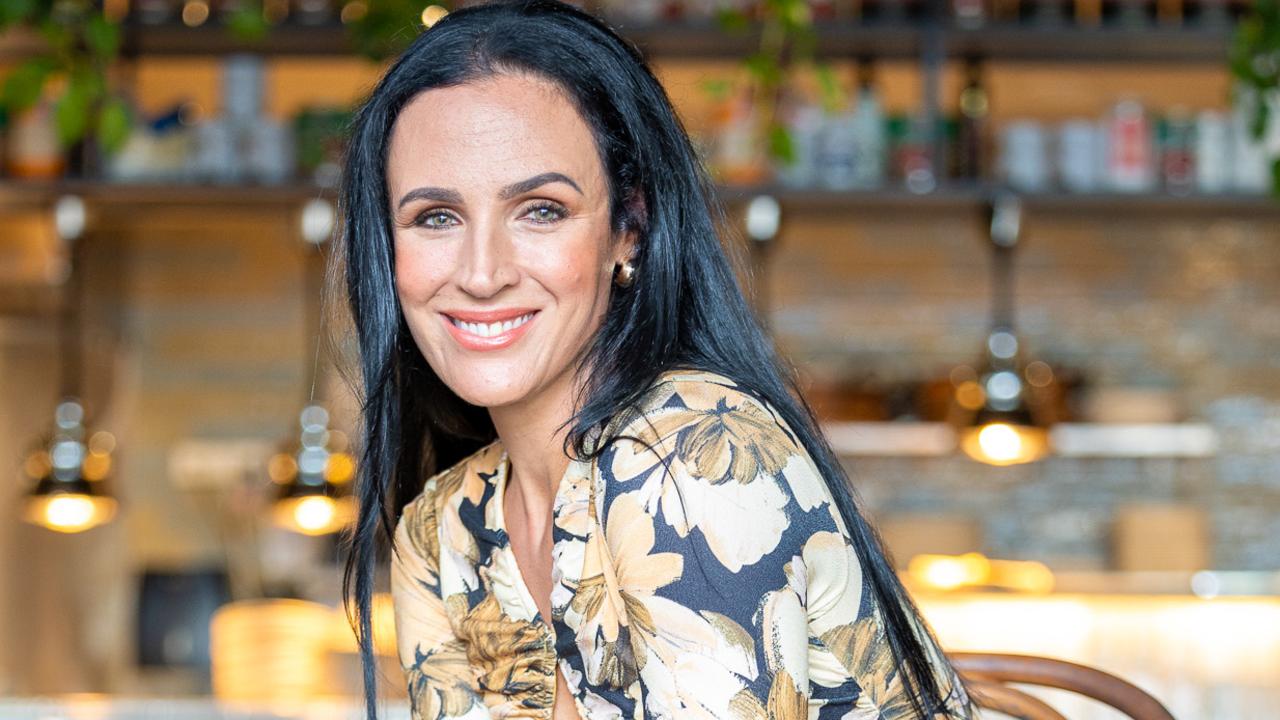Sydney Games venues no longer fit for purpose - with NSW athletes and tourism to suffer
The Sydney Olympics velodrome is in disrepair and the pool where Ian Thorpe and Susie O’Neill swam into sporting folklore can no longer host major swim meets. Read why our venues from the 2000 Games are in danger of becoming obsolete.
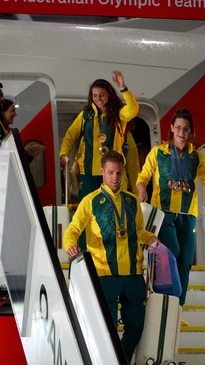
NSW
Don't miss out on the headlines from NSW. Followed categories will be added to My News.
Olympic sports are warning future gold medals are at risk without serious government help as venues from the 2000 Sydney Games fall into disrepair or face closure.
A Sunday Telegraph investigation has revealed the Dunc Gray Velodrome, the Olympic Aquatic Centre and the International Archery Park are all in danger of disappearing as elite competition arenas.
All were scenes of significant Aussie triumphs at the 2000 Sydney Games. But as its silver anniversary approaches, sports bosses warn that once world-class arenas now require urgent investment.
They warn we will lose elite and emerging athletes to interstate. Major events driving tourism will also fall by the wayside.
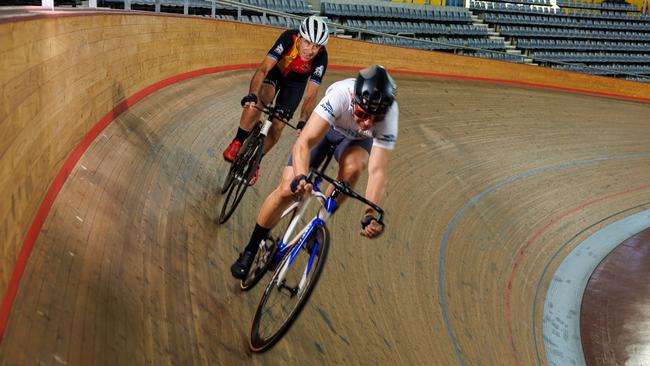
AusCycling, the sport’s governing body, told The Sunday Telegraph it has failed to secure ongoing funding from the NSW Government for operational costs at Dunc Gray – the only indoor velodrome in the state – while the facility also requires urgent maintenance.
While cycling struck out, the state government announced last week $40 million for a centre of excellence at the Bulldogs NRL club.
“Dunc Gray is a venue of national significance,” AusCycling CEO Marne Fechner said. “But it’s a facility that hasn’t had any investment since it was built. With a small amount of funding we can keep it going.”
In partnership with Canterbury Bankstown Council, AusCycling wants to generate revenues by turning the middle section of the velodrome into a shared area for other sports including volleyball, pickleball, judo, skate sports and badminton.
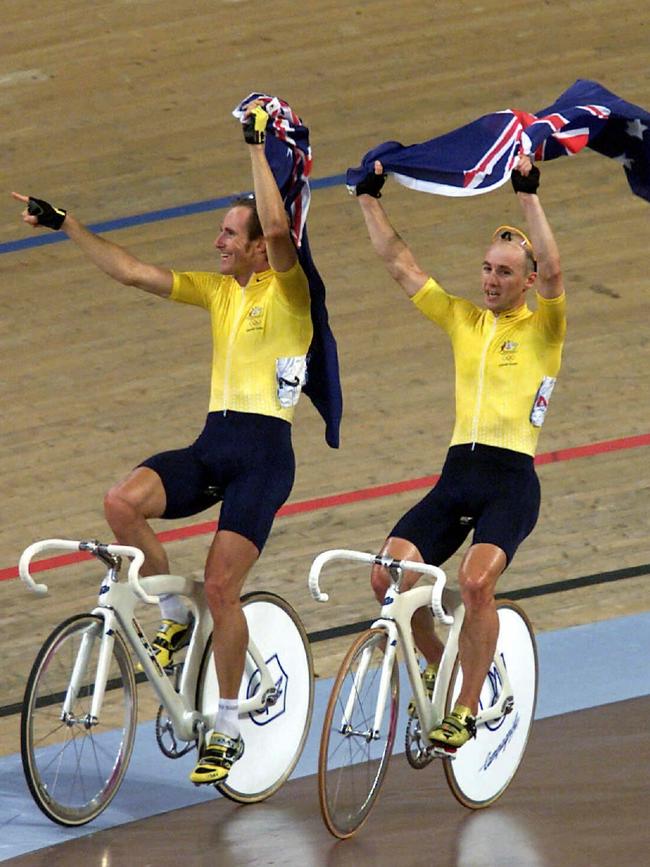
But a council spokeswoman said: “Council and AusCycling will require the Federal and State Governments to assist with funding major capital works to expand … usage to other sports.”
Those works and upgrades, including new lighting, require around $2.5m.
Swimming bosses, meantime, are still in shock that the Sydney Olympic Park Authority (SOPA) did capital works in 2021 that killed off the Aquatic Centre as a future host for the sport’s jewels in the crown – the Australian and world long-course championships.
SOPA filled in the warm-up pool to a permanent depth of just 1.2m, leaving swimmers unable to practice starts or tumble turns.
Swimming Australia confirmed “Sydney Olympic Park Aquatic Centre is no longer capable of hosting major national and international events”.
SOPA did not canvas swimming authorities prior to the pool alteration, with a government spokesman saying the works were safety related and “limited the opportunity for consultation with peak bodies”.
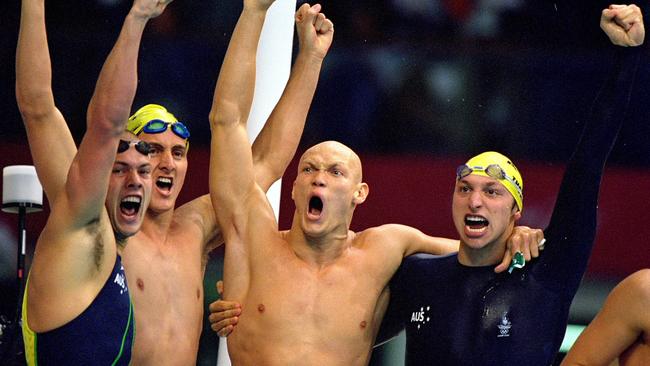
Swimming Australia CEO Rob Woodhouse said: “Sadly, it is no longer considered a world class aquatics venue and has fallen a long way behind other venues in Australia.”
The Archery Centre where Simon Fairweather won Australia’s first ever gold medal in the sport is also under threat with a draft SOPA Master Plan suggesting it make way for additional sporting fields in a future precinct restructure.
A Sport NSW submission in response to the release of the draft last November said: “Losing this venue would severely impact Australia’s ability to host major archery events, affecting athletes, spectators and the development of the sport.”
A spokesman for the Department of Housing, Planning and Infrastructure said any redevelopment of the Archery Centre would be to “serve the recreation needs of the growing residential communities” in the area.
“This change is not proposed to occur in the short-term,” the spokesman added.
The greatest fear for the sports is that unless the Minns Government acknowledges an infrastructure crisis, NSW will lose its status as a premier production line for Olympic champions.
According to sources, uncertainty over the velodrome’s future convinced the NSW Institute of Sport to cut track cycling from its high performance program, effective at the end of this month.
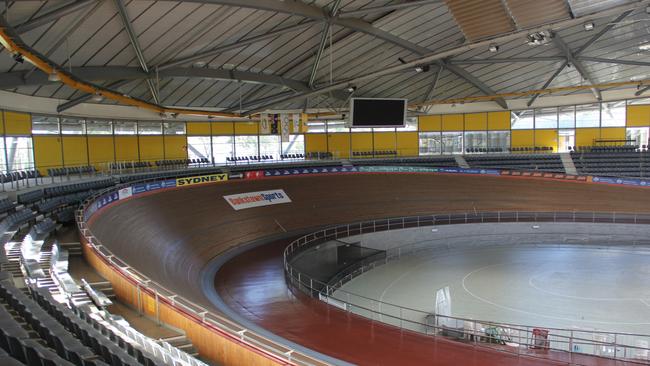
“You can forget about Olympic track cyclists coming out of NSW if we don’t have an indoor velodrome,” Sport NSW CEO Stuart Hodge said.
Frustrated with the NSW Government’s inaction, AusCycling is now seeking federal intervention. A submission to the Albanese Government for funding has backing from the Australian Olympic Committee (AOC).
“The importance of the velodrome is clear,” AOC CEO Matt Carroll said. “Without it, there is no indoor track facility in NSW to develop future Olympians.
“We would welcome the Federal Government’s support and if possible the NSW Government’s assistance for the restoration of a great legacy venue from the Sydney Games.”
AusCycling are seeking $2.5 million short-term to keep the doors open. Longer term, a full renovation would likely cost $50 million. “But keep that in context,” one source said. “If you just got rid of it, the demolition alone would be $20 million.”
The pool where Ian Thorpe and Susie O’Neill were among the gold medal stars in 2000 is also iconic.
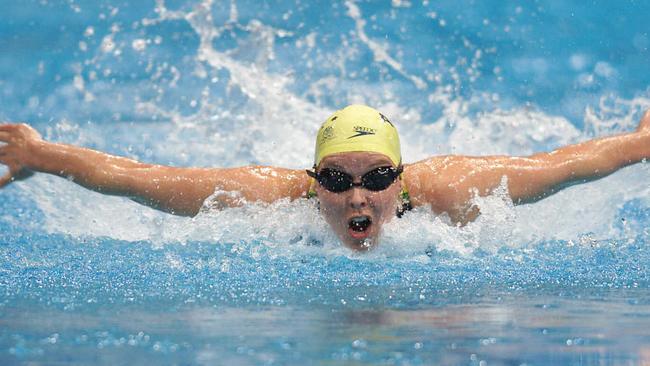
But Woodhouse said to revive the Aquatic Centre as a venue for swimming’s most prestige events, the second pool needs to be returned to regulation depth or a new third pool built.
The alternative was Sydney “missing the opportunity to support home grown champions on the path to 2032 and beyond”.
Sydney has not staged an Australian swimming championships since 2015 and Gold Coast was signed up just last week to host the 2026, 2028 and 2030 national titles. The Queensland Government forecasts an economic benefit of $43 million.
“The Sydney Olympic Park Aquatic Centre is so much more than a pool,” Woodhouse added. “It has hosted some of our greatest sporting achievements and should be inspiring our next generation of champions.”
More Coverage
Originally published as Sydney Games venues no longer fit for purpose - with NSW athletes and tourism to suffer



